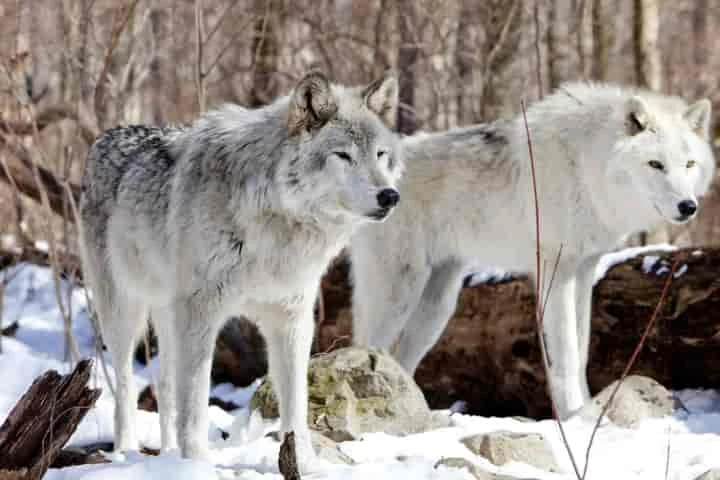Human beings have come to accept dogs among all other animals as part of their daily life either as strays or as pets. Still, the question which keeps coming up repeatedly is when and where did the wolves begin their journey to become humankind’s best friend!
This great puzzle still hasn’t been solved but scientists have come up with a new aspect about dog domestication. This postulates, according to a report in smithsonianmag.com that present day dogs have emerged from two distinct ancient wolf populations. While one is from eastern Asia the other is from the West Asia.
Details of this new study was published in Nature.
Another theory is that while the domestication of dogs took place in one region, they at a later date bred with wolves in another area – thereby resulting in blending of their DNA.
The author of the study Anders Bergström observed: “We can’t tell [the two different] scenarios apart. But we can say that there were at least two source populations of wolves.” Bergström is an evolutionary genomicist at the Francis Crick Institute.
It is generally by and large acknowledged that dogs of today evolved from grey wolves or Canis lupus. This happened 15,000 years ago when the last Ice Age was there. From hereafter, everything about these animals becomes wrapped in a mystery with answers about when, where and which group of people evolved them into dogs.
Earlier studies have deduced that these creatures were first tamed in Asia, Europe, West Asia or probably in several places.

Grey wolf (Pic. Courtesy Twitter/@ 9146001e7d613c)
In the new research it is not stated where exactly the domestication of dogs took place but it highlights some vital points about the genetics of wolf. This study saw more than 80 researchers from 16 countries coming together. They sequenced the genomes of 66 ancient wolves and analysed six additional previously sequenced genomes from archival remains. The creatures studied for this work inhabited Europe, Siberia and America for more than 100,000 years.
Once the sequenced genomes were available, the scientists used a software to juxtapose the 72 creatures with the genome of present-day dogs and created an ancient genetic family tree.
Going beyond this, the study also created a much more “detailed picture of wolf ancestry, including around the time of dog origins”, mentioned Bergström in a statement – this will help scientists to closer to solving the mystery of when and where the dogs were domesticated.
Commenting on this Adam Boyko who is a canine geneticist at Cornell University told New York Times: “Having this many ancient wolf genomes is a huge advance in the field. I’m sure other researchers are going to love to get their hands on it and explore some of their own pet theories.”
Boyko was not part of the study.
Though unable to identify one single ancient wolf as the ancestor of the modern day dogs, the scientists did gather that dogs are genetically more similar to ancient wolves in Asia than wolves in Europe. The study does as per Yohey Terai, an evolutionary biologist, “help narrow down the place of origin”. Not a part of the study, Terai works at Graduate University for Advanced Studies in Japan.
In order to establish the direct link of dogs with ancient wolves, scientists require more specimens from across the globe, particularly from the southern hemisphere. This is difficult since DNA is best preserved in colder climates and therefore more samples are available in the northern hemisphere.
Talking to New Scientist, Bergstrom said: “There are still big parts of the map where we don’t have many samples.”
The study has also made the researchers realise that different populations of wolves have remained genetically connected over a period spanning tens of thousands of years across the world. This suggests that they travelled and mated periodically. This may have been one of the reasons for their survival at the end of the Ice Age, according to New York Times.




















